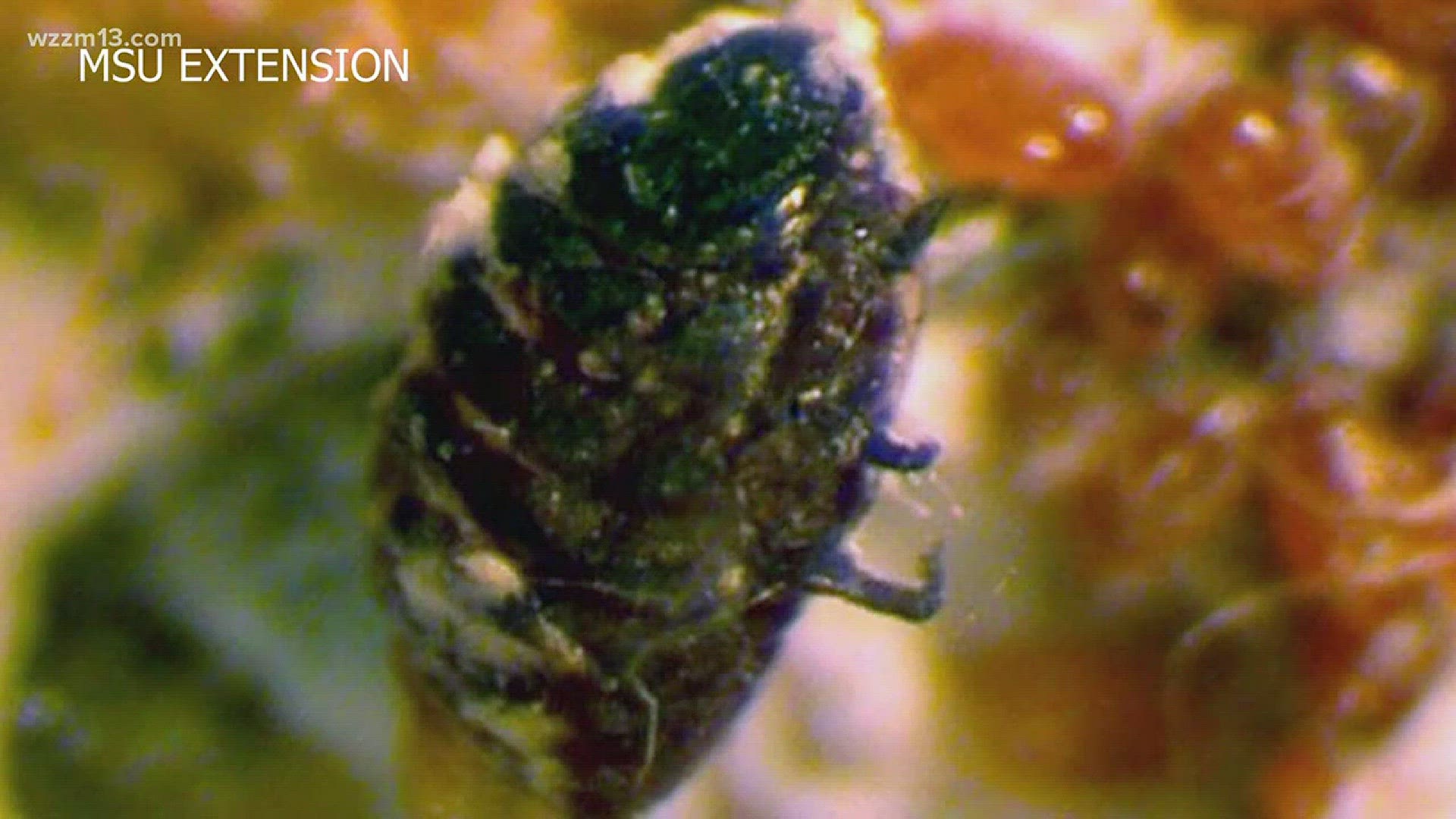Michigan has more than 170 million hemlock trees. They can live for more than 300 years and are found across the state.
But because of an invasive species that was introduced to the U.S. more than 60 years ago, Michigan's Hemlocks are at risk.
Experts said the tiny insect called Wooly Adelgid has been found on Hemlock trees in Allegan, Ottawa, Muskegon and Oceana counties. If it isn't stopped quickly, the DNR says it could spread and kill all of the Hemlock trees in the state.
"Hemlock Wooly Adelgid is lethal to Hemlock trees. Out east it kills a hemlock tree within four to 10 years," said Susan Tangora with the Forest Resources division of the Department of Natural Resources.
Hemlock Wooly Adelgid was introduced to country by way of Virginia in the 1950's.
"We know it was imported from Asia on infested nursery stock," Tangora said.
It's now found in 20 states as well as Nova Scotia.
"It's a very very small, tiny insect. It has a long mouthpiece, and it inserts that mouthpiece into the base of the needles of the hemlock trees and over time sucks all of the nutrients out of the tree," Tangora said.
The impact causes a domino effect to wildlife and fisheries.
"It also decreases water quality; it increases stream temperatures and lowers the macroinvertebrates or insect communities in those streams," Tangora said.
The insects multiply and spread quickly.
"In the spring those eggs hatch; they create crawlers that run really fast and like to attach to other things so they can be spread in the wind. They can spread by birds and mammals; they can be spread by us on and our equipment," Tangora said.
But there is a lot that can be done.
"There are insecticides that are very effective at controlling Hemlock Wooly Adelgid. When applied to individual Hemlock trees they get up to five and seven years of control and protection for that Hemlock tree," Tangora said.
There are also things the community can do, specifically if you live near Hemlock trees.
"They should be trimming up their trees to make sure none of their branches come into contact with people or with equipment or trucks or vehicles that can spread it," Tangora said. "We have over 170 million Hemlock trees, so we have a lot to lose."
The state has compiled a lot of information on the impact of Hemlock Wooly Adelgid on its website. There is also another website with more information as well as what you can do to prevent the spread.
►Make it easy to keep up to date with more stories like this. Download the WZZM 13 app now.
Have a news tip? Email news@wzzm13.com, visit our Facebook page or Twitter.

